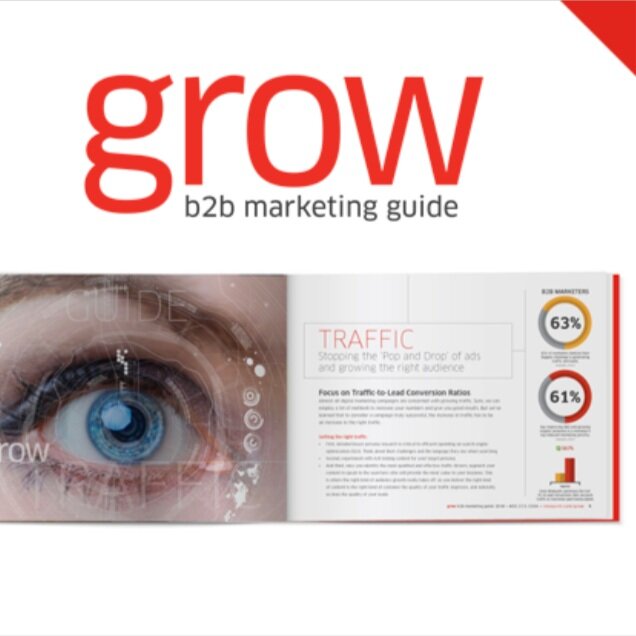 If you’re throwing a party at your home, perhaps to celebrate a birthday or holiday, chances are that buying and preparing food for your guests will be part of your duties as host. Let’s say that you are throwing a holiday party and want to offer cookies as a tasty snack. Your favorite dessert is chocolate chip cookies with nuts, so you decide to make them from scratch. You want to make sure that everyone who attends your party can have as many cookies as they want, so on the evening of your party, you make several batches of chocolate chip cookies with nuts and artfully display them on trays on your dining room table.
If you’re throwing a party at your home, perhaps to celebrate a birthday or holiday, chances are that buying and preparing food for your guests will be part of your duties as host. Let’s say that you are throwing a holiday party and want to offer cookies as a tasty snack. Your favorite dessert is chocolate chip cookies with nuts, so you decide to make them from scratch. You want to make sure that everyone who attends your party can have as many cookies as they want, so on the evening of your party, you make several batches of chocolate chip cookies with nuts and artfully display them on trays on your dining room table.
Your guests arrive, mingle with one another, and leave. While cleaning up, you notice that you still have several trays of chocolate chip cookies with nuts leftover. It turns out that, while you enjoy chocolate chip cookies with nuts, it is possible that your guests did not. Perhaps your guests weren’t aware that you would be offering food at your party? Perhaps they didn’t like cookies in the first place? Perhaps they were allergic to nuts? Perhaps they didn’t trust your reputation as a chef and, therefore, assumed that your cookies would not taste good. Now you’ve put in a lot of time and effort to make something that nobody wanted.
In B2B content marketing, there are ways to avoid being stuck with leftover chocolate chip cookies with nuts. The most important way is to develop and document your content marketing strategy, but before you can do that, you must have an editorial mission statement.
Your editorial mission statement is your overarching, justifying, bulletproof declaration of your purpose for creating content. It outlines why you are creating content, who you are creating content for, and why your audience will need and read your content.
An editorial mission statement will demonstrate to your company’s internal departments, external agencies, and, (most importantly) your clients, that you have given thought to what your product means and what service you are providing. It shows that you have invested time to not only get to know yourself and your product, but also to know and understand your clients.
When writing your editorial mission statement, you want to answer three questions:
- Who are we?
- Who buys our product?
- What are my buyers’ pain points?
Ceros.com states that the question of “who are we” can be answered by consulting your company’s mission statement. The question of “who buys our product” can be solved by creating buyer personas. Finally, your persona’s pain points can be resolved by what information you can provide to help them.
According to the Content Marketing Institute, only 18 percent of B2B marketers have an editorial mission statement. However, Content Harmony has great advice for companies getting off the ground floor with their content marketing efforts. Their three steps on how to write your editorial mission statement are:
- Identify your target audience
- Communicate how your service will help

- Figure out what you will create
When identifying your target audience, it is important to know fundamental information about them including:
- location (where they live)
- size (narrow or broad)
- demographic (age, gender, education, relationship status, income)
- interests (pain points, what they want to talk about)
- behaviors (what makes them act)
- language (simple or specific jargon)
- goals (what drives them to read, buy or seek help)
When communicating how your service will help, it’s important to produce content that demonstrates deliverable results. Your team and other departments within your company will want to know what you’re offering so that they can share in your vision.
Another way to demonstrate the value of your service is to take that value to a higher level. Instead of simply telling someone what your product is or does, show them how it can give them a better quality of life. A great way to do this is to provide content that is related to your service, but utilizes to its fullest capacity. Content Harmony says that “If you rent tents and party equipment, don’t just tell your audience how the rental process works… show them how to throw a better party.” (Maybe take it easy with the chocolate chip cookies with nuts).
In terms of figuring out what you will create, much of it has to due with your brand and the kind of identity to that you wish to portray. This will inform the types of content you will create, how it benefits your content marketing program, and what message it communicates. The content that you promote should reflect your brand identity and contribute to your core image.
Creating a proper editorial mission statement requires astute awareness of your company and the product and/or service you provide, as well as your audience or clients. But it can be difficult to adequately assess yourself. Furthermore, developing and documenting an editorial mission statement can take time and effort (much like chocolate chip cookies with nuts). However, with the right team around you, it can be a piece of cake.
![]()







 By
By 
